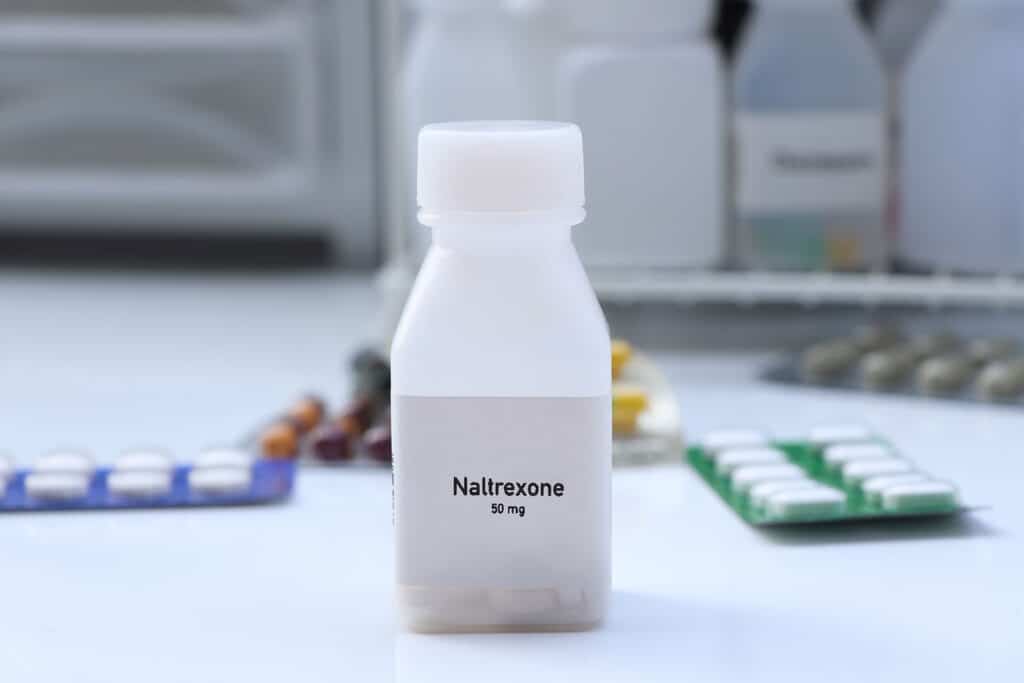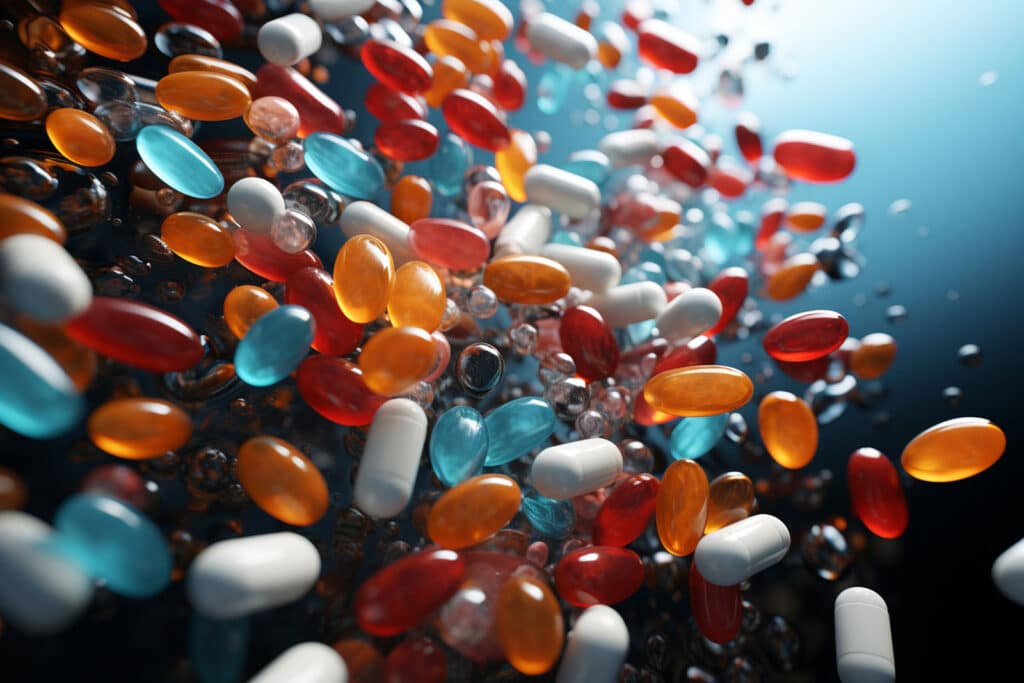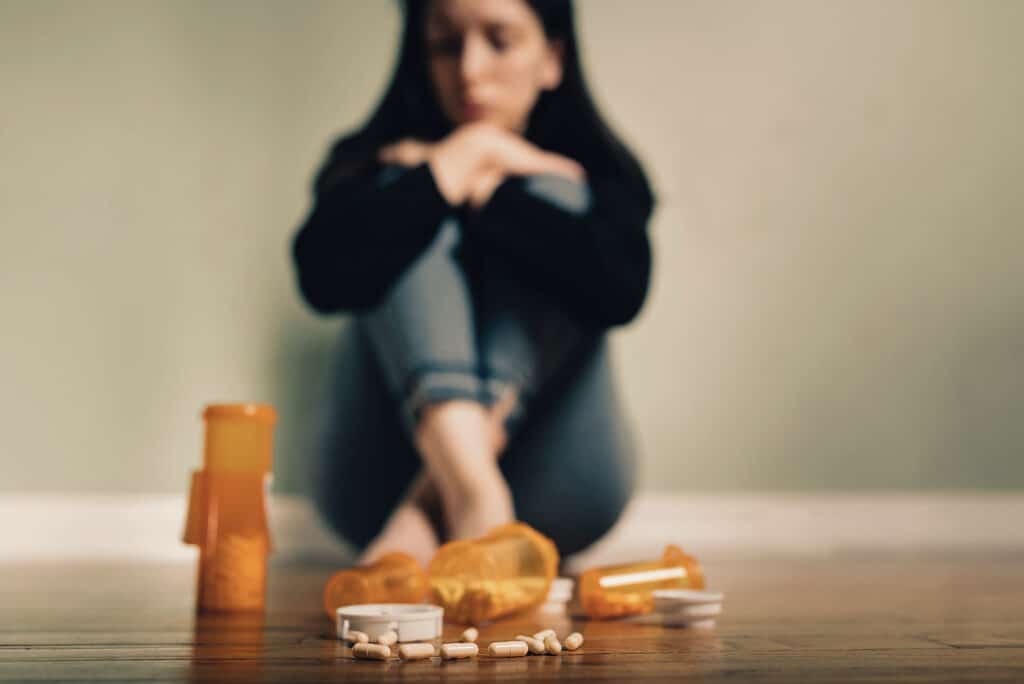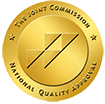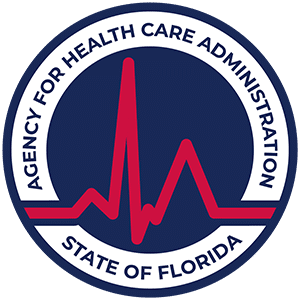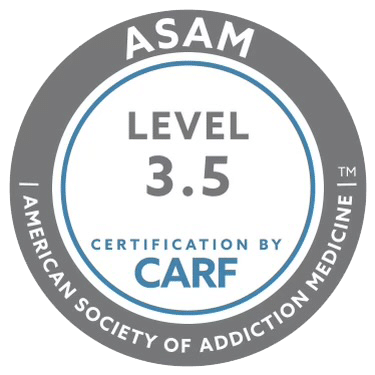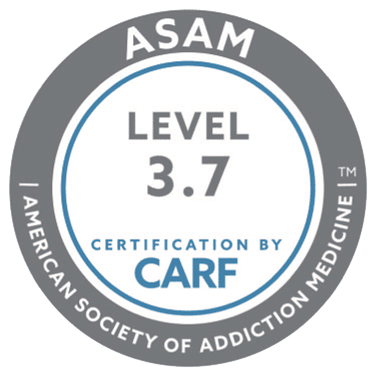From fibromyalgia to multiple sclerosis, low-dose naltrexone (LDN) has emerged as a novel treatment for an array of challenging medical conditions. It’s shown considerable promise in relieving pain, inflammation, and other chronic health issues, but it also has the potential to cause harm if used improperly. Before starting low-dose naltrexone therapy, carefully review all of the information below to ensure you’re taking the proper precautions.
Overview of Low-Dose Naltrexone
Developed in the 1960s and approved by the FDA in 1984, naltrexone is most commonly used in the clinical treatment of opioid and alcohol use disorders. It works by suppressing the pleasurable effects of alcohol and opioids, which reduces cravings and helps patients remain abstinent. In conventional use, naltrexone is prescribed in doses of 50 mg per day.
In a typical low-dose naltrexone regimen, however, doses are often less than 5 mg. While the exact mechanism of action hasn’t yet been fully studied, such low doses are reported to increase the body’s natural production of endorphins. Low-dose naltrexone is also believed to ease inflammation by regulating the immune cells responsible for triggering the inflammatory response. These unique properties make low-dose naltrexone a potentially effective treatment option for a wide range of conditions, including:
- Chronic pain and fibromyalgia
- Chronic fatigue syndrome (CFS)
- Autoimmune diseases
- Chronic inflammatory diseases
- Certain types of cancer
Since the doses are so small, low-dose naltrexone is generally considered to be safe and well-tolerated. Side effects are rare and typically mild. The most common issue is short-term insomnia, which is reported in about 8% of people. However, there are serious drug interactions and other factors to be aware of before beginning a low-dose naltrexone regimen.
It is available by prescription as a long-acting intramuscular injection (brand name: Vivitrol) or as a 50 mg oral tablet (a generic).
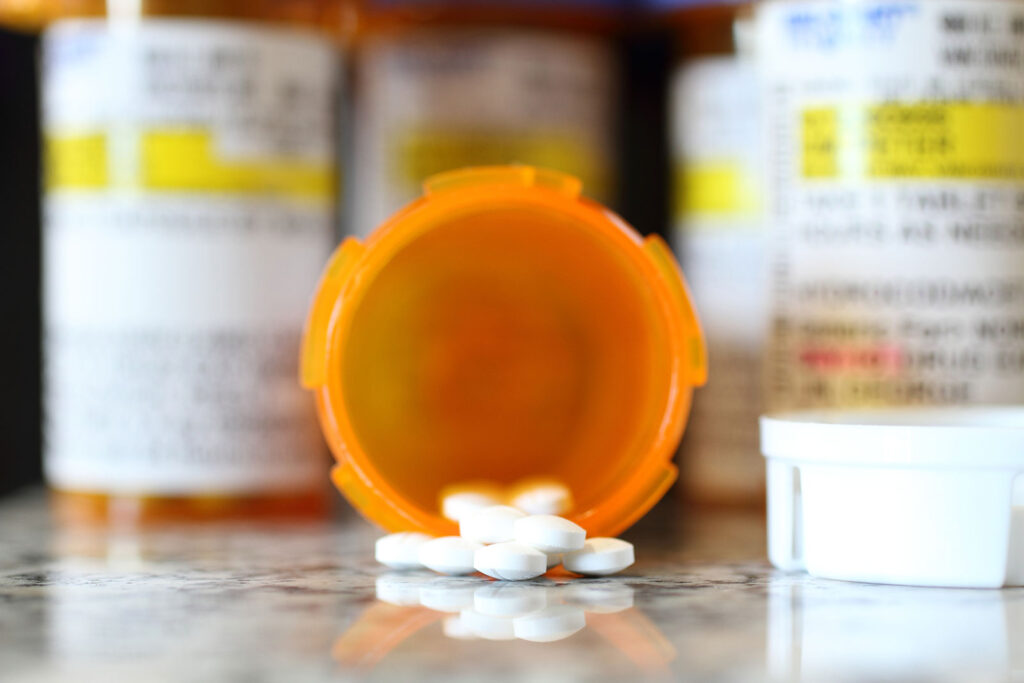
Opioid-Based Medications and Low-Dose Naltrexone
You should never take low-dose naltrexone if you’ve been using opioid medications, including narcotic pain relievers like codeine, morphine, hydrocodone, and oxycodone. As a potent opioid antagonist, naltrexone blocks these drugs from binding to the receptors in your brain, which can rapidly precipitate or worsen the symptoms of opioid withdrawal. If you’re beginning low-dose naltrexone treatment, allow at least 10 to 14 days after your last dose of opioids.
Of course, you should also avoid taking these medications once you’ve started a low-dose naltrexone regimen. In addition to causing unpleasant side effects, this combination may prevent the low-dose naltrexone from working as intended. It usually takes several weeks for low-dose naltrexone to achieve optimal effects, so any setbacks can be very disruptive.
Alcohol Consumption and Low-Dose Naltrexone
It’s generally recommended that you abstain from alcohol while taking naltrexone. The combination isn’t known to be hazardous on its own, but consuming alcohol may diminish the effectiveness of low-dose naltrexone. It can also exacerbate certain side effects, such as nausea, headache, and dizziness.
What’s more, although naltrexone inhibits the “buzz” of being drunk, it doesn’t reduce alcohol’s other effects on the body. This can make it extremely difficult to accurately judge your level of intoxication. As a result, it’s easy to drink to excess and become dangerously impaired without realizing it.
Interactions With Other Medications
Most adverse reactions with low-dose naltrexone involve narcotic pain relievers, but it’s also important to be aware of other drug interactions. For instance, certain cough suppressants and antidiarrheal medications may contain codeine, hydrocodone, or other opioids. While these medications are only available by prescription, it’s essential to check labels carefully and contact a healthcare professional if you have any questions.
While you won’t find most opioid medications on the shelves of your local drugstore, there’s one crucial exception. Loperamide, also known by the brand name Imodium, is a synthetic opioid commonly used to treat diarrhea. As such, it should not be taken immediately before or during low-dose naltrexone treatment. Another over-the-counter drug that may interact negatively with low-dose naltrexone is dextromethorphan, an active ingredient found in many popular cough medications.
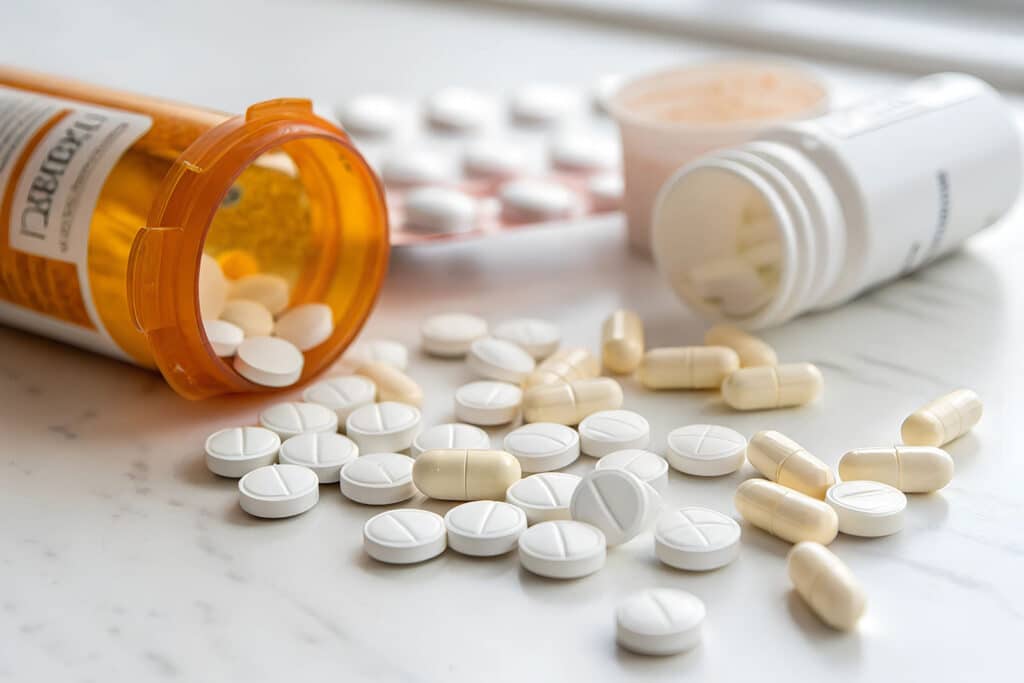
Herbal Supplements and Low-Dose Naltrexone
We often assume that natural substances are safer and less likely to cause drug interactions, but that’s not always the case. Perhaps the clearest example is kratom (Mitragyna speciosa), an herbal product from Southeast Asia that’s sometimes used as an alternative pain reliever and treatment for opioid addiction. Because this herb contains opioid-like compounds, it has been reported to cause withdrawal symptoms similar to prescription opioids in combination with naltrexone.
In addition, a number of common herbs and supplements interact with the same enzymes in your body that metabolize naltrexone. This includes St. John’s wort, Ginkgo biloba, and Echinacea, among others. Although it’s not clear what effects these herbs may have, you should always tell your doctor about any supplements you’re taking to reduce the risk of interactions.
Recreational Drugs and Low-Dose Naltrexone
Even in the very small doses used in a typical low-dose naltrexone regimen, combining naltrexone with recreational drugs is incredibly risky. Opium, hydrocodone, oxycodone, heroin, fentanyl, and other related drugs may trigger the rapid onset of opioid withdrawal, which can sometimes be serious enough to require hospitalization. The same is true of certain medications used in treating drug addiction, such as methadone and buprenorphine.
Beyond the potential for acute withdrawal symptoms, low-dose naltrexone’s ability to block the euphoric effects of opioids can also be extremely dangerous. As with alcohol, some users may be tempted to continue taking larger doses to counteract the diminished “buzz.” This substantially increases the risk of accidental overdose, making it even more critical to treat any addiction issues if you’re considering low-dose naltrexone therapy.
Avoiding Abrupt Discontinuation
Naltrexone does not cause physical or psychological dependence, and patients are not known to experience withdrawal upon sudden discontinuation. Nonetheless, you should never stop taking low-dose naltrexone abruptly without first consulting your doctor. Depending on your circumstances, doing so could cause a recurrence of your previous symptoms. In some cases, your physician may instead advise gradually tapering your dose until you can safely stop.
Special Medical Considerations With Low-Dose Naltrexone
Whether you’re having surgery or sitting in the emergency room with a broken bone, it’s crucial that you always let your doctors know you’re taking low-dose naltrexone. This will ensure you aren’t accidentally given opioids when you require pain management. In fact, many doctors will provide a card you can carry on your person to alert medical personnel in case you’re ever incapacitated.
Naltrexone is labeled an FDA Pregnancy Category C drug, indicating that risk to the fetus cannot be ruled out. Research has shown that it can cross the placenta, but there’s little direct evidence of birth defects and other complications. Likewise, although small amounts of naltrexone are excreted in breast milk, this does not appear to be harmful. If you’re pregnant or breastfeeding, be sure to fully evaluate the risks and benefits of low-dose naltrexone treatment with your physician.
Low-dose naltrexone may also affect how certain other medical treatments work, so talk to your healthcare provider if:
- You’ve received an organ transplant
- You’re on immunosuppressive medications
- You’re undergoing chemotherapy

The Importance of Regular Medical Check-Ups
Regular medical check-ups play a crucial role in maximizing the benefits and minimizing the risks associated with low-dose naltrexone (LDN) therapy. Low-dose naltrexone, which operates by modulating opioid receptors, has garnered attention for its potential in managing various conditions, including opioid use disorder, Crohn’s disease, and chronic pain. However, despite its promising outcomes, low-dose naltrexone necessitates careful monitoring and medical supervision to ensure its safe and effective usage.
One paramount reason for regular check-ups is to detect and prevent adverse reactions. Although low-dose naltrexone is generally well-tolerated, allergic reactions can occur in some individuals, necessitating immediate medical intervention. Moreover, individuals with pre-existing conditions such as liver disease or hepatitis require close monitoring due to low-dose naltrexone’s potential effects on the liver. Through routine check-ups, healthcare providers can promptly identify any emerging complications and adjust the treatment plan accordingly.
Furthermore, regular medical consultations enable healthcare professionals to assess the treatment’s efficacy and make necessary adjustments. Patients are encouraged to maintain open communication with their doctors and report any changes in symptoms or quality of life. Keeping a journal documenting symptomatology can aid in this process, providing valuable insights into the treatment’s effectiveness and any common side effects experienced. Since low-dose naltrexone operates on the immune system, even subtle alterations in dosage or frequency can yield significant impacts on the therapeutic outcome. Thus, consistent follow-ups are essential to fine-tune the low-dose naltrexone regimen for optimal results.
Additionally, medical check-ups serve as an opportunity for patients to receive personalized guidance and medical advice tailored to their specific needs. Given that low-dose naltrexone is not a one-size-fits-all solution, individualized care and attention are paramount. Healthcare providers can offer valuable insights into lifestyle modifications, such as avoiding alcohol consumption, which may interact adversely with low-dose naltrexone. Moreover, patients undergoing low-dose naltrexone therapy for addiction treatment benefit from comprehensive support and counseling to address underlying issues contributing to substance abuse.

Conclusion
It’s not quite a miracle cure, but low-dose naltrexone is an exciting option for many people suffering from chronic illnesses. However, it’s certainly not without risks. If low-dose naltrexone may be helpful to you, it’s critical to be open and honest with your doctor about any drug use or other issues that could impact your health and well-being. To learn more about low-dose naltrexone and how it can be used safely, call us today to talk to the experts at Recreate Behavioral Health Network today.
Recommended Resources
Check out the following links for further reading and additional resources on the benefits, side effects, interactions and other safety considerations associated with low-dose naltrexone:
- What is Low-Dose Naltrexone (LDN)? | LDN Research Trust
- Naltrexone Precautions | Mayo Clinic
- Low-Dose Naltrexone | National MS Society
- In Tiny Doses, An Addiction Medication Moonlights As A Treatment For Chronic Pain | NPR
- Low-Dose Naltrexone Offers New Hope for Pain Sufferers | Psychology Today
- Naltrexone Side Effects | Drugs.com


